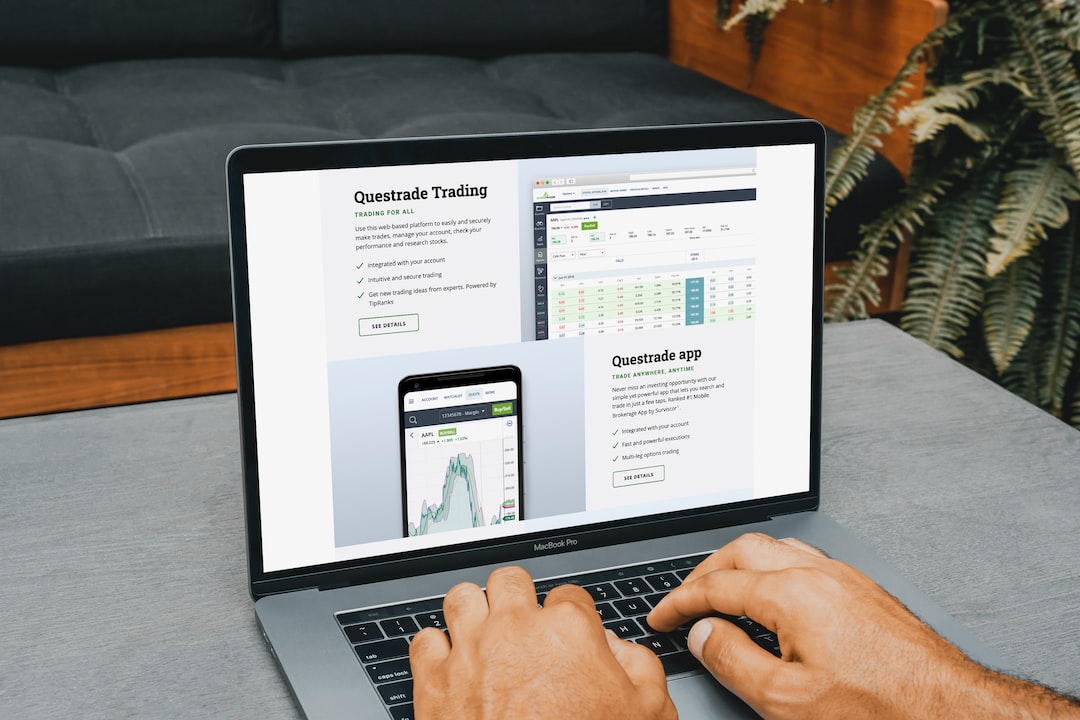Forex correlation refers to the relationship between two or more currency pairs. It measures how closely the price movements of these currency pairs move together or in opposite directions over a certain period. Correlation is essential in forex trading as it helps traders to identify the strength of the relationship between currency pairs and to plan their trades accordingly.
Trading forex correlation involves analyzing the relationship between currency pairs and using this information to make informed trading decisions. In this article, we will discuss the steps involved in trading forex correlation.
Step 1: Identify Correlated Currency Pairs
The first step in trading forex correlation is to identify the currency pairs that are correlated. This can be done by analyzing the historical price movements of different currency pairs. A correlation coefficient can also be calculated to determine the strength of the relationship between currency pairs. A correlation coefficient of +1 indicates a perfect positive correlation (where the two pairs move in the same direction), while a correlation coefficient of -1 indicates a perfect negative correlation (where the two pairs move in opposite directions).
Some of the most commonly traded currency pairs that are highly correlated include EUR/USD and GBP/USD, USD/JPY and USD/CHF, and AUD/USD and NZD/USD.
Step 2: Analyze the Correlation
Once you have identified the correlated currency pairs, the next step is to analyze the correlation between them. This involves studying the historical price movements of the currency pairs and identifying patterns in their movements.
For example, if EUR/USD and GBP/USD have a positive correlation, this means that they tend to move in the same direction. So, if EUR/USD is rising, GBP/USD is also likely to rise. Similarly, if USD/JPY and USD/CHF have a negative correlation, this means that they tend to move in opposite directions. So, if USD/JPY is rising, USD/CHF is likely to fall.
Step 3: Plan Your Trades
Once you have analyzed the correlations between currency pairs, the next step is to plan your trades. This involves identifying entry and exit points for your trades based on your analysis of the correlation between currency pairs.
For example, if EUR/USD and GBP/USD have a positive correlation and EUR/USD is rising, you may decide to buy GBP/USD as well, expecting it to also rise. Similarly, if USD/JPY and USD/CHF have a negative correlation and USD/JPY is rising, you may decide to sell USD/CHF, expecting it to fall.
Step 4: Manage Your Risk
As with any trading strategy, it is important to manage your risk when trading forex correlation. This involves setting stop-loss orders to limit your losses if the market moves against you. It also involves using proper risk management techniques, such as position sizing and diversification, to minimize the impact of any losses.
Conclusion
Trading forex correlation involves identifying the relationship between currency pairs and using this information to make informed trading decisions. By analyzing the correlation between currency pairs, traders can identify entry and exit points for their trades and manage their risk effectively. While forex correlation can be a useful tool for traders, it is important to remember that correlations can change over time, so it is important to monitor your trades closely and adjust your strategy as needed.





